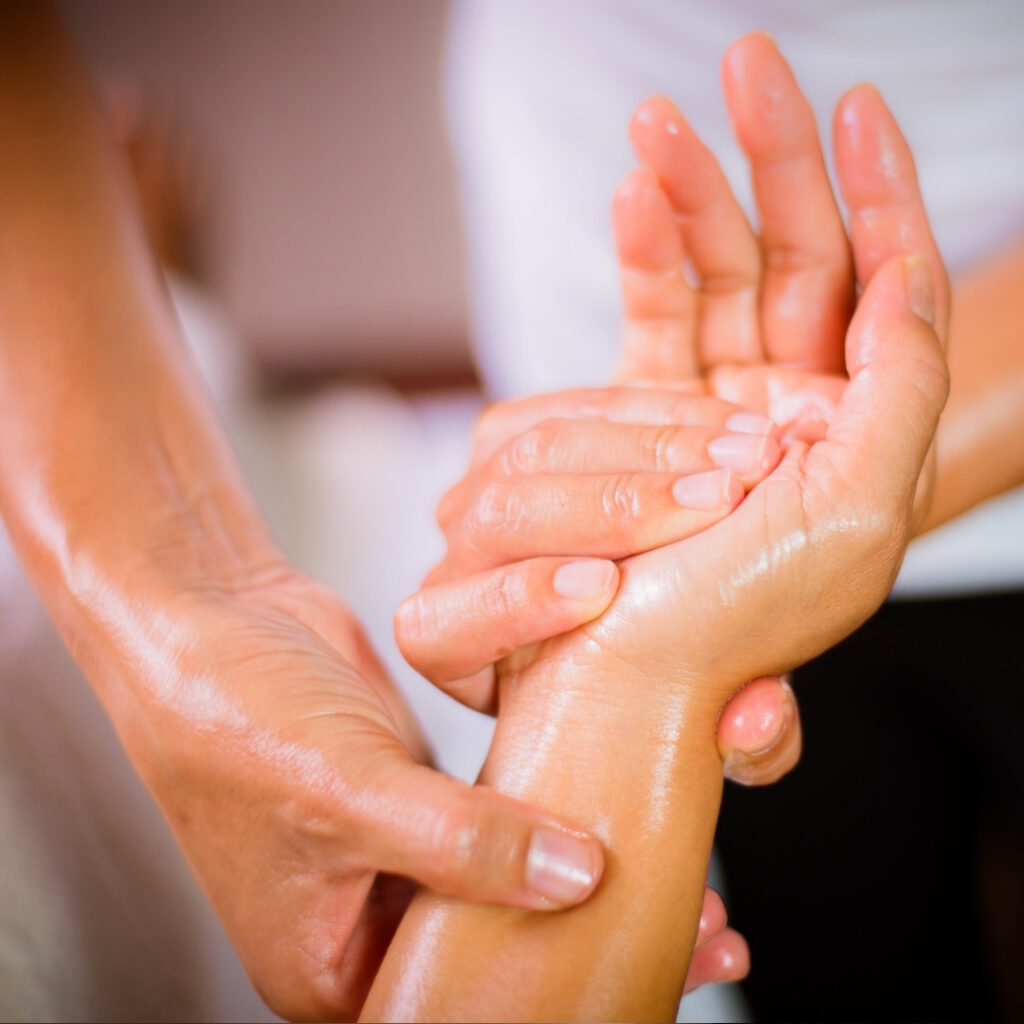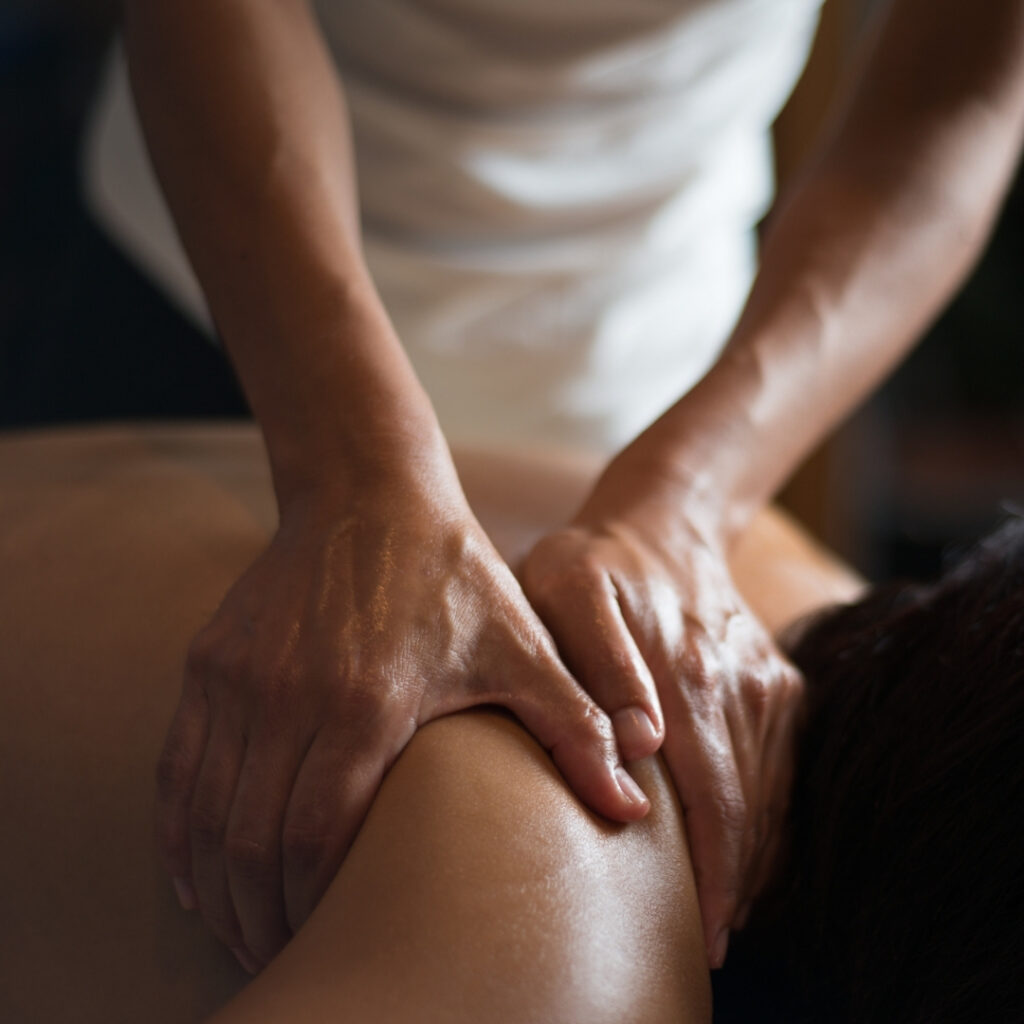Thai massage, known for its unique blend of acupressure, yoga, and stretching, is a deeply therapeutic practice that has been popular for centuries. If you’re curious about learning Thai massage but unsure how to begin, this guide will help you understand how easy (or challenging) it is to get started as a beginner.
1. Understanding Thai Massage Basics
Before diving into learning Thai massage, it’s important to understand what makes it distinct:
- Traditional Techniques: Thai massage combines gentle pressure on specific points of the body, combined with assisted stretching, to relieve tension, enhance flexibility, and improve energy flow.
- No Oils or Lotions: Unlike other forms of massage, Thai massage is typically performed on a mat, with the recipient fully clothed, and without the use of oils or lotions.
- Holistic Approach: The massage focuses on balancing the body’s energy and improving overall well-being, with an emphasis on the physical, mental, and spiritual aspects of health.
2. The Challenges of Learning Thai Massage
While learning Thai massage can be an incredibly rewarding experience, it does come with some challenges for beginners:
- Physical Strength and Flexibility: As a practitioner, you need a certain level of physical strength and flexibility to apply the correct amount of pressure and to perform the stretches effectively. Some positions can be physically demanding, so flexibility and endurance may take time to develop.
- Coordination and Body Awareness: Thai massage requires practitioners to use their body weight, hands, elbows, knees, and feet. Having good body awareness and coordination is essential, especially when transitioning between different positions. As a beginner, it can take time to master the smooth and controlled movements required.
- Learning the Techniques: Thai massage involves a series of specific techniques, such as pressing, stretching, and manipulating the body. Understanding the flow of movements and their intended benefits takes practice. Beginners might struggle with the sequence of steps, pressure application, and timing.
- Cultural Understanding: Thai massage is deeply rooted in Thai culture and traditional healing practices. A good understanding of these cultural aspects can enrich the experience for both the practitioner and the receiver, but it may take some time to grasp the philosophy behind the techniques.

3. The Easiest Way to Get Started with Thai Massage
While learning Thai massage might seem complex at first, there are ways to make the process easier and more enjoyable:
- Enroll in a Course or Workshop: The best way to learn Thai massage is through structured training. Look for reputable courses or workshops offered by certified instructors. Many schools and wellness centers around the world offer beginner-friendly Thai massage courses. These courses will teach you step-by-step, starting with basic techniques before progressing to more advanced movements.
- Practice with a Partner: Thai massage is a hands-on practice, so it’s helpful to have a partner to practice with. Whether it’s a friend, family member, or someone from your class, practicing regularly will help you refine your technique, understand the rhythm, and build confidence.
- Start Slow: Thai massage is a comprehensive and detailed practice. Start by learning basic techniques—focus on pressure points, simple stretches, and body mechanics. Gradually build on your skills as you become more comfortable with the basics.
- Study Online: If attending a physical class is not an option, there are numerous online resources and tutorials available. These can help you get an understanding of the basics before enrolling in a course or attending a workshop.
- Seek Feedback: After each practice session, ask for feedback from your partner or instructor. Constructive criticism will help you refine your technique and learn more efficiently.
4. How Long Does It Take to Learn Thai Massage?
The time it takes to learn Thai massage depends on your commitment, consistency, and the level of expertise you want to achieve:
- Basic Techniques: You can grasp the basics of Thai massage, such as simple stretches and pressure points, within a few weeks of practice. Beginner classes typically span a few days to a few weeks, depending on the depth of the course.
- Intermediate Skill Level: To become proficient at more advanced techniques, such as deep tissue pressure, complex stretches, and working on a range of clients with varying needs, it may take several months of dedicated practice.
- Mastery: Mastery of Thai massage, like any other discipline, can take years. Experienced practitioners constantly refine their technique and may spend years perfecting their skills and learning more about the cultural context.
5. Can You Learn Thai Massage on Your Own?
While it’s possible to start learning Thai massage on your own through online videos or instructional books, it’s advisable to seek professional training. Thai massage requires a deep understanding of anatomy, pressure points, and safe practice techniques, so it’s best to learn from experienced instructors who can correct your form and guide you through each step.

6. The Benefits of Learning Thai Massage
Aside from the personal satisfaction of acquiring a new skill, learning Thai massage offers several benefits:
- Health Benefits for You: The practice of Thai massage itself is beneficial for the practitioner. It promotes flexibility, strength, and mindfulness, which are important both for performing the massage and maintaining your own physical well-being.
- Helping Others: As you become more skilled, you’ll be able to offer therapeutic benefits to others. Thai massage helps people relieve stress, improve circulation, enhance flexibility, and experience overall relaxation.
- Career Opportunities: If you decide to pursue Thai massage professionally, there are growing opportunities in wellness centers, spas, and holistic healing practices. Certified Thai massage therapists are in demand in many parts of the world.
Conclusion
Learning Thai massage can be both exciting and challenging, but it is certainly achievable for beginners. Whether you’re learning for personal enrichment or professional growth, starting with the basics and gradually progressing will help you build confidence and expertise. With regular practice, you can become proficient in this ancient healing art, experiencing its numerous benefits for both yourself and others.
If you would like to experience an authentic Thai massage from a professional practitioner before beginning your training—so you can understand exactly how it looks and feels—we invite you to try a session with our partner, Loft Thai Spa. Recognized for offering the best Thai massage in Bangkok, Loft Thai Spa ensures an immersive and high-quality experience that will deepen your appreciation for this traditional practice before you embark on your learning journey.

